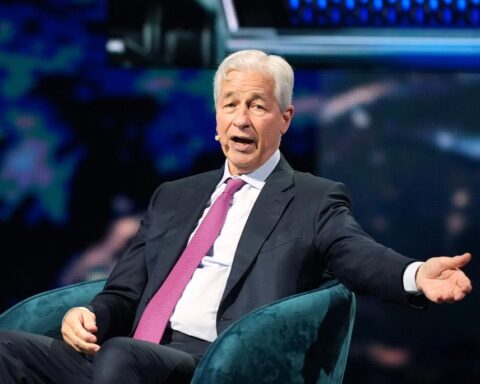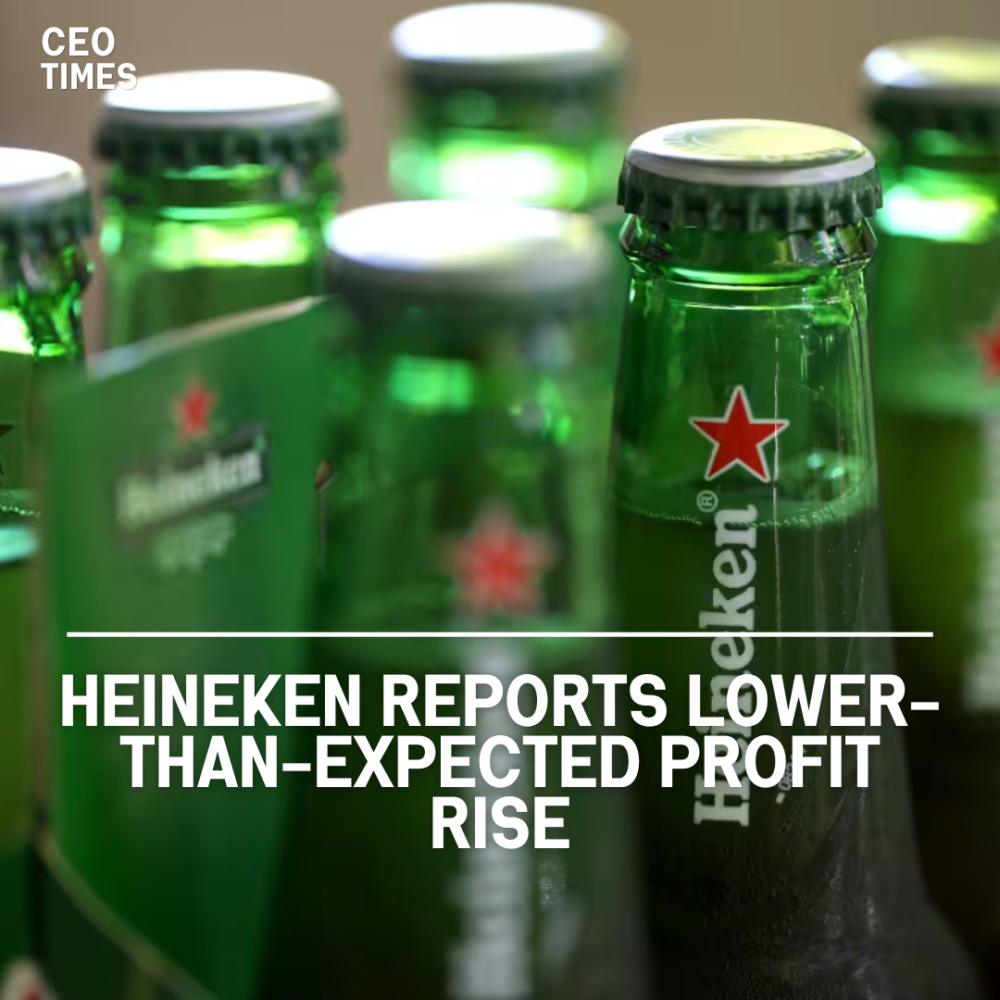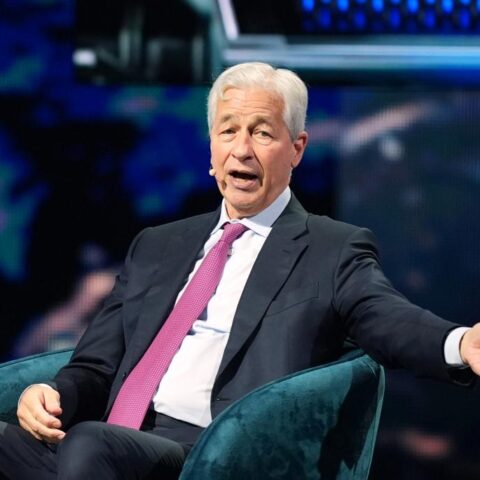Dutch brewer Heineken reported a 12.5% increase in half-year operating profit on Monday, but this fell short of analyst expectations and resulted in a 7% drop in its share price.
Despite initially anticipated boosts from sporting events in June and July, the company faced setbacks, which did not materialize.
Financial Performance Overview:
Heineken’s half-year operating profit increase of 12.5% was below analysts’ forecast of 13.2%. The company’s revenue and volumes for the first half were slightly below expectations.
Additionally, Heineken reported an impairment of 874 million euros ($948 million) related to its partnership with China Resources Beer, further disappointing investors.
Full-Year Guidance and Market Reaction:
Despite the underperformance, Heineken raised its full-year profit guidance, now expecting organic operating profit growth of between 4% and 8% for 2024, compared to its previous guidance of low to high single-digit growth. This new guidance, however, remains below the 8.2% growth expected by analysts.
Investors have been closely watching Heineken’s updates, especially after the company disappointed the market in February with a broad profit growth outlook that was criticized as overly cautious.
Chief Financial Officer Harold van den Broek attributed the cautious guidance to weak European performance due to inadequate weather and the lack of an expected boost from sporting events.
Impairment and Business Outlook:
Heineken’s results included a significant write-down of 874 million euros related to its 40% stake in China Resources Beer. This impairment was attributed to a decline in the business’ share price, though van den Broek noted that the business was performing well.
Analyst Trevor Stirling from Bernstein commented that Heineken’s latest results offered mixed signals, noting both positive progress on margins and ongoing concerns. He stated, “There is food for bulls and bears,” reflecting the divided sentiment among investors.
While company executives considered Heineken’s performance solid, the market response was subdued due to a combination of missed expectations and cautious future guidance.




















